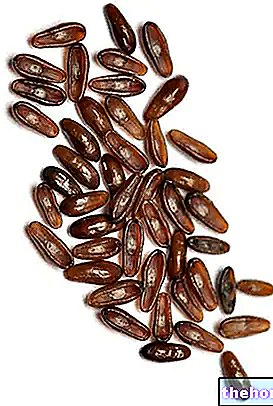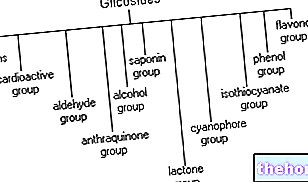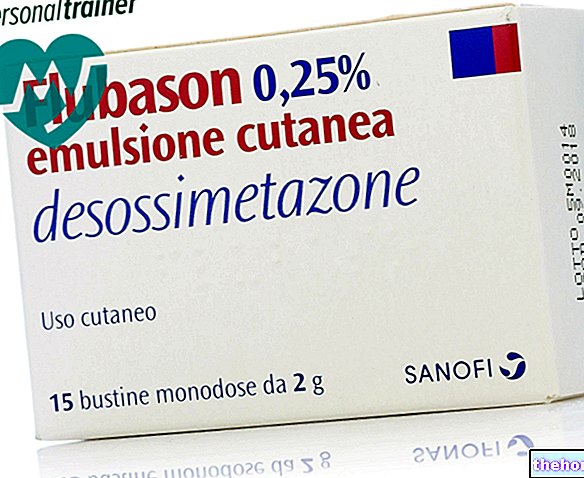The oil drug should not be confused with the essential oil, because the term oil drugs refers to fixed oils, butters and waxes.
Fixed oil and butter are mainly glyceric mixtures, where fatty acids have an almost always equal number of carbons (from 16 to 22) and a different degree of saturation; in particular butters have a lower concentration of unsaturated fatty acids .
Waxes are mixtures of fatty acids esterified with alcohols other than glycerol and in these mixtures it is more likely to find fatty acids with an odd number of carbon atoms.
The minority portion of oil-based drugs (from one to ten percent maximum) is formed by a diversified series of compounds of a lipophilic nature: phytosterols (plant steroids), polyphenols, terpenoids, vitamin functions, flavonoids, precursors of steroids (such as squalene ), and simple hydrocarbons. This non-glyceride fraction, called unsaponifiable fraction, characterizes the drug from a functional point of view and differentiates oils, butters and waxes from each other. In other words, the health properties of the various oil-based drugs are dictated by the prevalent chemical nature in their unsaponifiable fraction. In any case, all oil-based drugs have emollient properties for topical use, since their lipophilic nature is similar to the lipid matrix of the skin and favors its distension. The internal use of these drugs is limited to fixed oils , which in this case show laxative and lubricating properties. The functional importance of oil-based drugs is mainly linked to their topical use.
Other articles on "Oil Drugs: Oils, Butters and Waxes"
- Harpagophyte or devil's claw
- Pharmacognosy
- Liquid jojoba wax




























